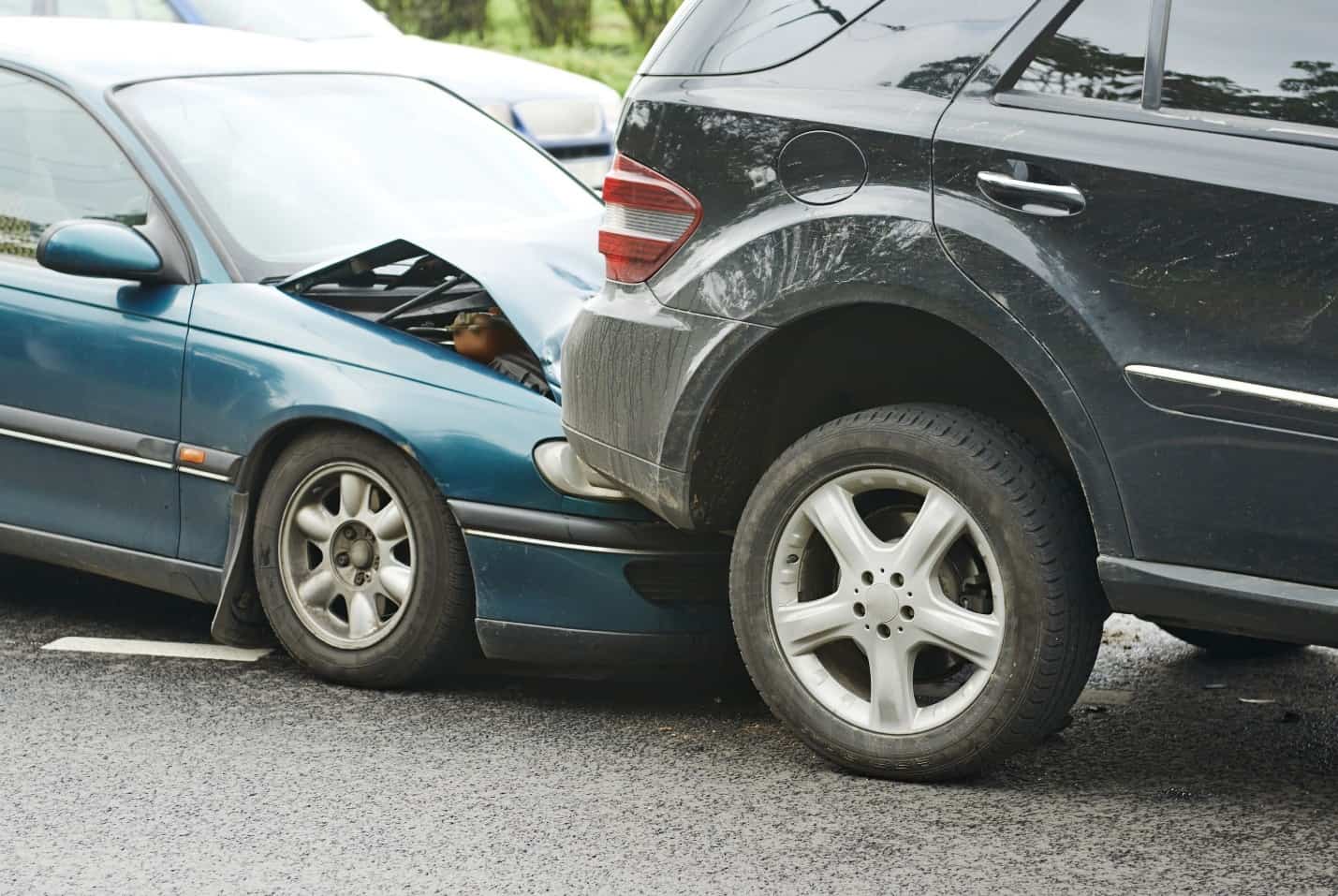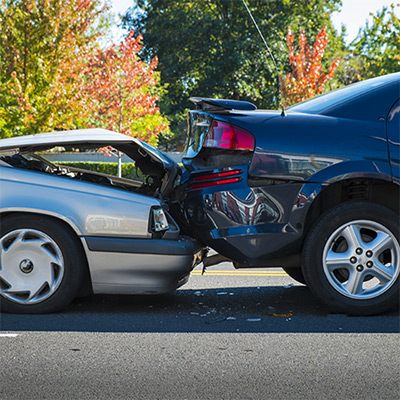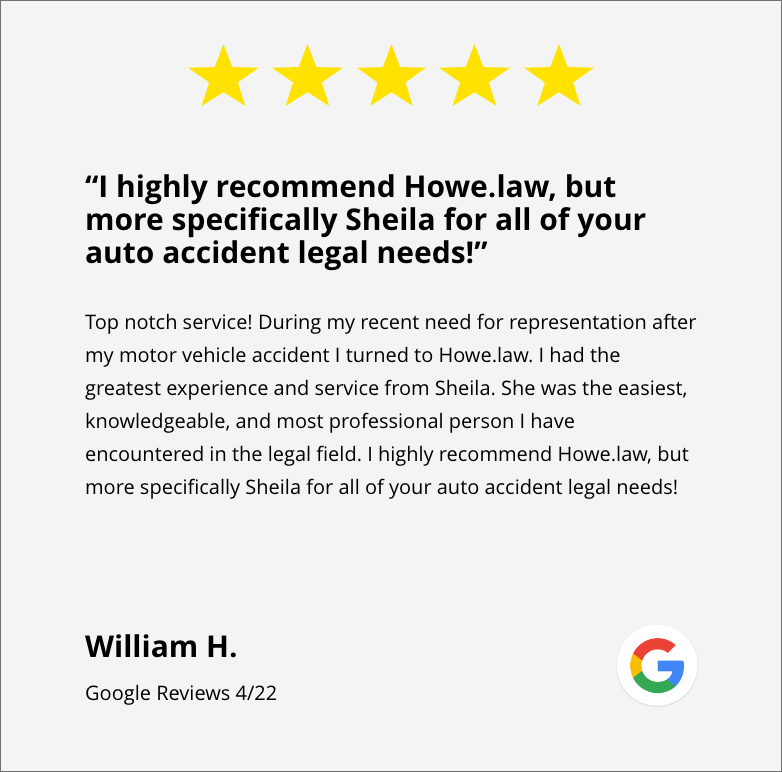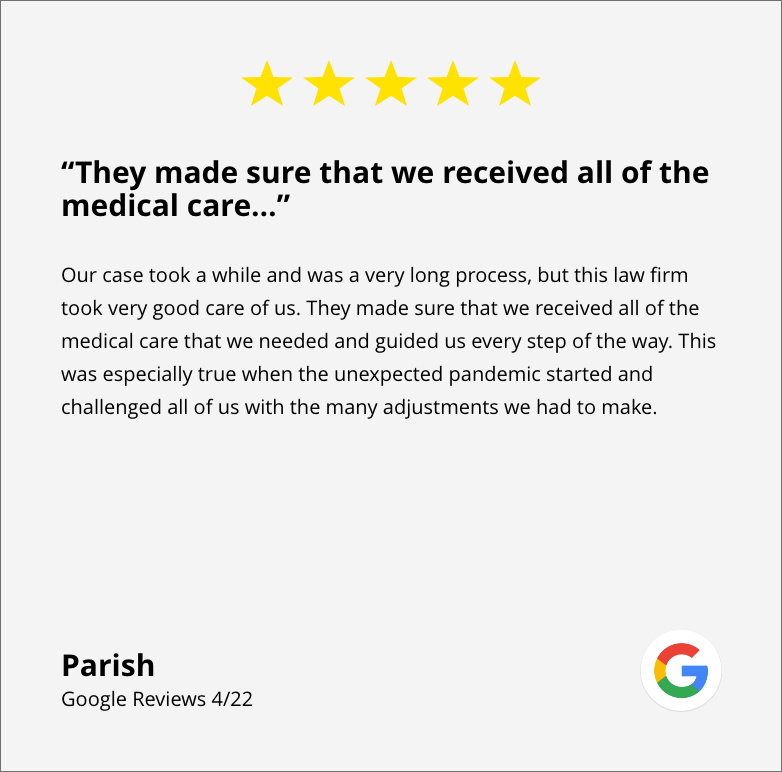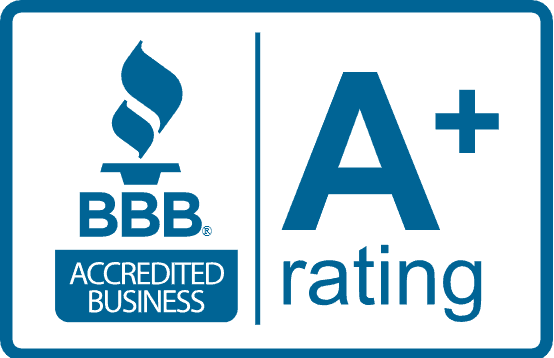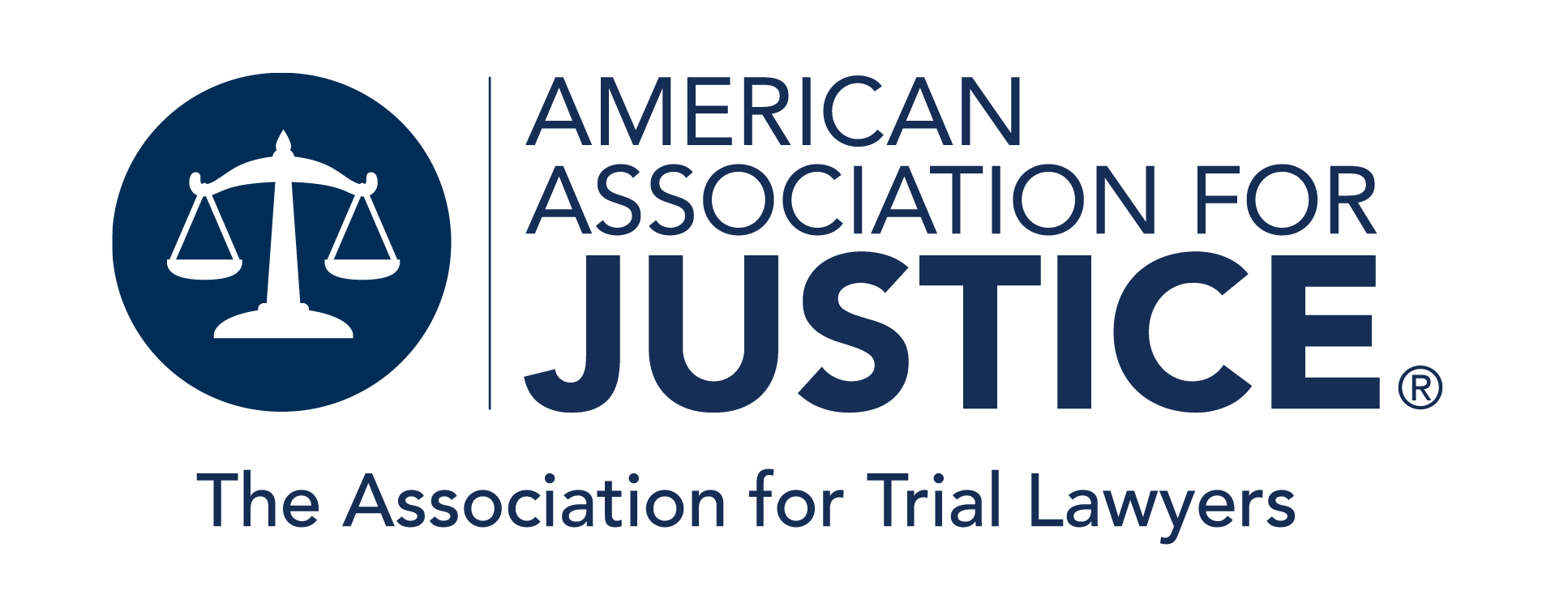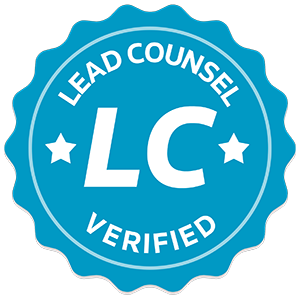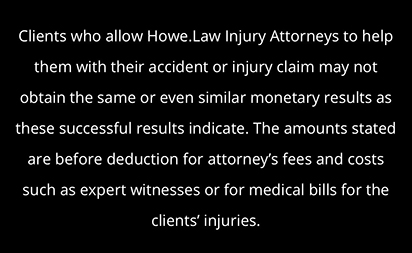
Uninsured motorist coverage (UM) is an essential aspect of automobile insurance that many drivers in Georgia must understand. This article will explore the nuances of UM, Georgia’s specific laws and regulations regarding car insurance, and the implications for individuals navigating insurance decisions.
By the end of this article, readers will have a comprehensive understanding of uninsured motorist coverage required in Georgia and how it can impact their financial safety.
Understanding Uninsured Motorist Coverage
The first step in comprehending the importance of uninsured motorist coverage is to define what it entails. This type of insurance protects drivers if they are involved in an accident with a driver who lacks insurance or is underinsured.
What is Uninsured Motorist Coverage?
Uninsured motorist coverage typically covers medical expenses, lost wages, and other damages that might occur due to an accident caused by an uninsured driver. This type of coverage ensures that insured individuals can receive compensation without depending on the responsible party’s insurance, which may be nonexistent.
For drivers in Georgia, understanding is uninsured motorist coverage required in Georgia is crucial to making informed decisions about their policy and protecting their financial well-being.
In Georgia, uninsured motorist coverage comes in two forms: traditional UM coverage, which applies when the at-fault driver is completely uninsured, and underinsured motorist coverage (UIM), which comes into play when the responsible party’s insurance coverage is insufficient to cover the damages.
This distinction is crucial, as it ensures that victims of accidents are not left to bear the financial burden alone, regardless of the circumstances surrounding the incident.
Benefits of Uninsured Motorist Coverage
There are several benefits to having uninsured motorist coverage in Georgia:
- Financial Protection: It shields you from significant out-of-pocket expenses in the event of an accident with an uninsured driver.
- Peace of Mind: Knowing you are protected can reduce stress when driving, especially in high-traffic areas.
- Broader Coverage: Having UM coverage may also cover hit-and-run incidents, which are unfortunately common.
Additionally, uninsured motorist coverage can extend to passengers in your vehicle, providing a safety net for loved ones who may be affected by an accident. This aspect of coverage is particularly important for families or those who frequently carpool, as it ensures that everyone in the vehicle is protected in the event of an unfortunate incident.
Furthermore, many policies offer the option to stack coverage, which can increase the total amount available for claims, further enhancing your financial protection. Overall, uninsured motorist coverage offers vital protection that can alleviate the financial burdens associated with accidents caused by drivers without insurance.
It serves as a critical component of a comprehensive auto insurance policy, allowing drivers to navigate the roads with greater confidence, knowing they have a safety net in place should the unexpected occur. As the number of uninsured drivers continues to rise, understanding and investing in this coverage becomes increasingly essential for responsible vehicle owners.
Georgia’s Insurance Laws and Regulations
The state of Georgia has established specific laws to guide drivers on minimum insurance requirements. Understanding these regulations is crucial for every motorist to ensure compliance and safeguard their interests.
Mandatory Insurance Coverage in Georgia

In Georgia, drivers are required to maintain a minimum amount of liability insurance in case of an accident. The minimum liability coverage must include:
- $25,000 for bodily injury per person
- $50,000 for bodily injury per accident
- $25,000 for property damage
While uninsured motorist coverage is not mandated by law, it is available as an optional coverage that drivers can choose to add to their policies. The law does require that if it is offered, drivers must be informed of these options.
This additional coverage can be particularly beneficial, as it protects drivers from financial losses resulting from accidents involving uninsured or underinsured motorists, which can be common on the roads.
Penalties for Lack of Insurance in Georgia
Driving without insurance in Georgia can lead to severe penalties. Drivers who are caught operating a vehicle without the minimum required coverage may face:
- Fines up to $1,000
- Suspension of driving privileges
- Increased insurance premiums in the future
These penalties are designed to encourage responsible driving and ensure that all motorists are protected in case of an accident. Moreover, the state employs a system called the Georgia Insurance Verification System (GIVS).
This allows law enforcement to check the insurance status of vehicles during traffic stops. This system enhances compliance and helps identify uninsured drivers more efficiently, thereby promoting a safer driving environment for all.
In addition to the financial penalties, being caught without insurance can also lead to a host of other complications, such as difficulties in obtaining future insurance coverage. Insurance companies may view a lapse in coverage as a risk factor, which could result in higher premiums or even denial of coverage altogether.
Therefore, it is essential for drivers to not only understand the legal requirements but also to consider the broader implications of maintaining proper insurance coverage.
Uninsured Motorist Coverage in Georgia
Now that we have a clearer understanding of the laws surrounding uninsured motorist coverage, let’s delve into specifics regarding its necessity and coverage amounts in Georgia.
Is Uninsured Motorist Coverage Mandatory in Georgia?
As mentioned earlier, uninsured motorist coverage is not mandatory in Georgia. However, insurance providers are required to offer it to drivers, and it is highly recommended that drivers consider including it in their policy for financial protection.
The optional nature of this coverage does not diminish its significance. Many drivers may falsely believe that because it is not mandatory, it is unnecessary. However, the reality is that the roads can be unpredictable, and being involved in an accident with an uninsured driver can result in financial devastation.
In fact, statistics show that a significant percentage of drivers on the road are either uninsured or underinsured, making the risk of encountering such drivers a genuine concern for every motorist.
How Much Uninsured Motorist Coverage Do You Need in Georgia?
The amount of uninsured motorist coverage a driver needs in Georgia varies based on individual circumstances and risk tolerance. Generally, it is advisable to consider the following factors when deciding on coverage limits:
- Your financial situation and how much you could comfortably afford in out-of-pocket expenses.
- Your healthcare costs and potential medical needs in case of an accident.
- The likelihood of being involved in an accident, which can be influenced by driving habits and local traffic conditions.
Consulting with an insurance advisor can help tailor the coverage to match your individual requirements. Additionally, it is important to review your policy periodically, especially after significant life changes such as purchasing a new vehicle, moving to a new area, or experiencing changes in your financial status.
These factors can all influence your risk profile and the amount of coverage you may need. Furthermore, understanding the difference between bodily injury and property damage coverage under uninsured motorist provisions can also play a crucial role in ensuring you are adequately protected in the event of an accident.
Moreover, it’s worth noting that Georgia law allows drivers to stack their uninsured motorist coverage if they have multiple vehicles insured under the same policy. This means that if you have coverage on more than one vehicle, you may be able to combine the limits of those policies to increase your total uninsured motorist coverage.
his stacking option can provide an additional layer of protection, especially for families with multiple cars, and can be a strategic move to safeguard against the financial repercussions of an accident with an uninsured driver.
Making the Decision: To Insure or Not to Insure?
Choosing whether to insure against uninsured motorists is a significant decision for any driver. Several factors come into play when evaluating this coverage option.
Factors to Consider When Deciding on Uninsured Motorist Coverage
When pondering whether to include uninsured motorist coverage in your insurance policy, take time to assess the following:
- Driving Environment: Consider your local area and the prevalence of uninsured drivers.
- Personal Risk Assessment: Reflect on your risk tolerance and willingness to take financial risks.
- Demographic Data: Environmental factors, like population density, can influence your likelihood of encountering an uninsured driver.
Each of these aspects should contribute to your overall decision-making process. Additionally, it’s essential to consider the driving habits of those around you. For instance, if you frequently drive in urban areas where traffic is denser, the chances of an accident increase, potentially raising the likelihood of encountering an uninsured motorist.
Conversely, if you live in a rural area with less traffic, your risk may be lower. Understanding the driving behaviors of your community can provide valuable insight into your insurance needs.
The Financial Implications of Uninsured Motorist Coverage
Uninsured motorist coverage may incur additional premium costs, but it can provide significant financial relief in the long run. When considering this type of coverage, think about the potential expenses involved without it, such as:
- Medical bills: Hospitals and emergency services can be expensive, particularly after a severe accident.
- Lost wages: If you’re unable to work due to an injury, not having coverage may lead to financial strain.
- Pain and suffering: Compensation for non-economic damages can be difficult to recover without insurance.
For many drivers, the peace of mind and potential protection against high costs can outweigh the costs of insurance premiums. Furthermore, consider the long-term implications of your decision.
An accident involving an uninsured motorist can lead to prolonged legal battles and financial uncertainty, especially if the at-fault party is unable to cover damages. This reality underscores the importance of not only evaluating immediate costs but also the potential for future financial burdens that could arise from an unforeseen accident.
By investing in uninsured motorist coverage, you are essentially safeguarding your financial stability against the unpredictability of the road.
Frequently Asked Questions about Uninsured Motorist Coverage in Georgia

Understanding common inquiries regarding uninsured motorist coverage can further clarify its importance and implications in Georgia.
What Happens if I’m Hit by an Uninsured Motorist in Georgia?
If you are hit by an uninsured motorist in Georgia, your uninsured motorist coverage (if you have it) will typically cover your medical expenses and other damages. It is crucial to document the accident thoroughly, including taking photos, gathering witness information, and reporting to the police.
Without uninsured motorist coverage, you may struggle to receive compensation for damages unless you pursue legal actions against the responsible party, which can be challenging if the at-fault driver lacks the financial means to pay for damages.
In such cases, you might find yourself facing mounting medical bills and vehicle repair costs, leading to significant financial strain. Additionally, the emotional toll of dealing with an accident can be exacerbated by the uncertainty of recovering expenses, making it even more critical to consider the implications of uninsured motorist coverage when selecting your insurance policy.
Can I Sue an Uninsured Motorist in Georgia?
Yes, you can sue an uninsured motorist in Georgia, but collecting damages may be difficult. If the uninsured driver lacks significant assets or financial stability, it might be challenging to recover any compensation through court. Often, pursuing legal avenues may not be worth the time and cost involved, which is why having uninsured motorist coverage is generally recommended.
Moreover, the legal process can be lengthy and complex, potentially requiring you to navigate court procedures and legal jargon without the assistance of an attorney. This can be particularly daunting for individuals who are already coping with the aftermath of an accident.
Furthermore, even if you win a judgment against the uninsured driver, enforcing that judgment can be another hurdle if the driver does not have the means to pay.
Therefore, investing in uninsured motorist coverage not only provides peace of mind but also ensures that you have a financial backup in the unfortunate event of an accident with an uninsured driver. In summary, while uninsured motorist coverage is not mandated in Georgia, it serves as a crucial safety net for drivers.
The potential costs and risks associated with accidents involving uninsured motorists can be substantial, making it wise to assess your insurance options carefully. Ultimately, understanding your rights and coverage can provide assurance and protection on the road.
Conclusion
Uninsured motorist coverage is an essential safeguard for Georgia drivers, offering financial protection against accidents involving uninsured or underinsured drivers.
While not mandatory, it provides peace of mind and helps avoid significant financial strain. It’s wise to assess your insurance needs based on your driving habits and risk tolerance.
For more legal guidance on navigating insurance claims and ensuring your rights are protected, visit Howe.Law, where our experienced attorneys can assist you with expert advice and support.
Related Articles

